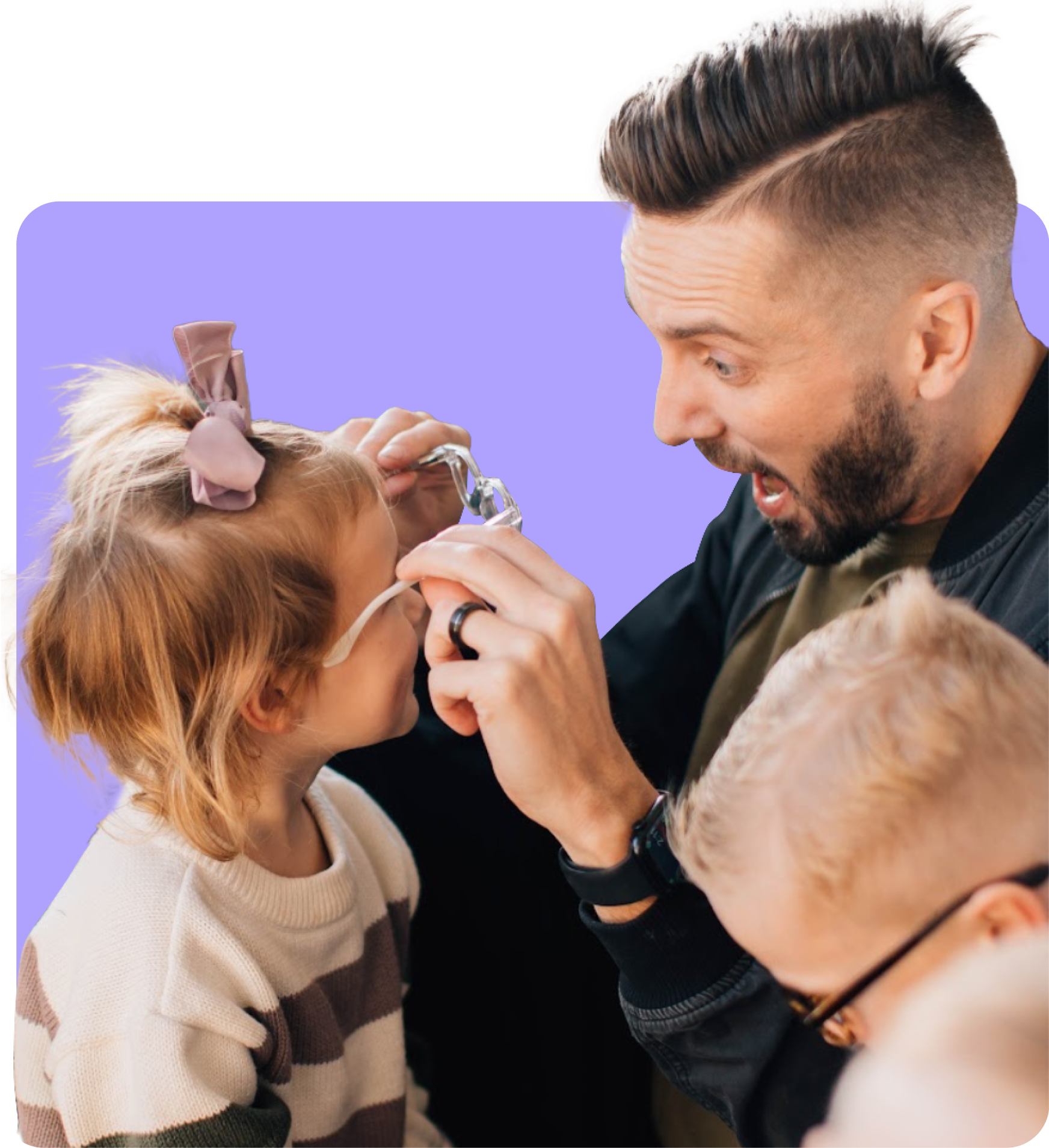Myopia in Children
A worrying pattern that has recently surfaced is upending the global framework for children's visual health. Nearsightedness, or myopia, is on the rise at a never-before-seen pace. Parents, educators, and medical experts are all very concerned about the rise in childhood myopia. As we examine the causes and effects of this spreading epidemic, it becomes clear that immediate action is needed to stop it and protect future generations' eyes.
- Understanding the Myopia Epidemic:
- Over the past few decades, the frequency of myopia has dramatically increased, posing a concern for worldwide public health. Alarming figures showing an exponential rise in childhood myopia in numerous studies from diverse countries have been revealed. Although there are many factors contributing to this epidemic, some major offenders include alterations in lifestyle, an increase in activities conducted close to places of employment, a decrease in outside time, and genetic predisposition.
- The Lifestyle Conundrum:
- With the advent of the digital age, children now interact with the world in a completely new way. Young people today are exposed to a variety of devices, including computers, televisions, tablets, smartphones, and so on. All of these screens need extended near-distance focus. The development and progression of myopia are significantly influenced by this change in lifestyle.
- A reduction in outside activities is another effect of too much screen usage. A preventive effect against myopia has been associated with outdoor exposure. Healthy visual development requires exposure to natural light and distant vision, which can be experienced when playing outside.
- The Dangers of Less Outdoor Time:
- Children are spending less time outside due to the increased emphasis on academic achievement and extracurricular responsibilities. Unfortunately, it has been established that this trend makes the myopia situation worse. Outdoor activities encourage the release of dopamine in the retina, which aids in preventing eyeball elongation and controlling myopia.
- The Role of Genetics:
- There is a strong genetic component, but environmental influences also clearly play a significant role in the development of myopia. Myopia runs in families, which dramatically raises a child's risk of getting it. Genetics, though, shouldn't be viewed as an insurmountable challenge. Instead, it emphasizes the necessity of early intervention and a multifaceted strategy to stop myopia from progressing.
- Future Implications:
- Childhood myopia is becoming more prevalent, which has broad ramifications. Myopia not only reduces a child's quality of life in the short term, but it also carries serious concerns for the future. Illnesses that might damage vision or cause blindness in adults, such as retinal detachment, glaucoma, and cataracts, are more likely to develop in people with severe myopia.
- Empowering Change, A Call to Action:
- It takes a team effort from parents, educators, healthcare professionals, lawmakers, and society as a whole to combat the rising rate of myopia in children. To stop the spread of this grave pandemic, several steps can be taken:
- Encouraging Outdoor Time: Schools and parents should place a high priority on outdoor activities, making sure kids have enough opportunity to play and explore in daylight.
- Use of screens in moderation: Reducing screen time and encouraging frequent pauses during extended close-up work might ease the strain on young eyes.
- Regular Eye Exams: It's important to catch myopia early. Regular eye exams by licensed optometrists can spot myopia in its earliest stages and enable prompt treatment.
- Education and Awareness: To enable parents and children to make wise decisions, it is crucial to raise awareness about myopia, its risk factors, and preventative interventions.
Conclusion
The alarming increase in childhood myopia necessitates a prompt response. We may make great progress in preserving the visual health of our future generations by promoting a culture that values outdoor activities, restricts screen time, and encourages routine eye care. Let's rise to the occasion and stop this myopia epidemic together so that our kids can live in a world that is clearer and brighter.
About The Author:
Lynsay Schrader is the Optical Lab Manager at Jonas Paul Eyewear.

